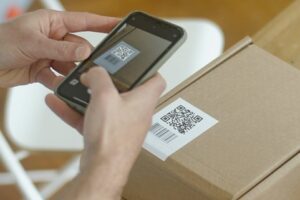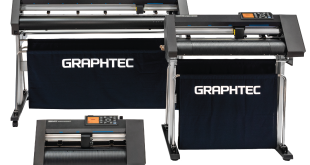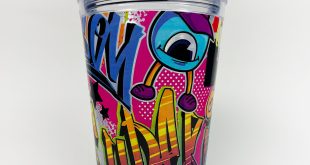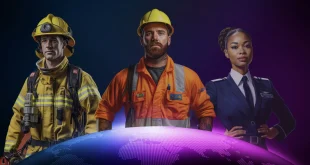Ellie Ruse, marketing manager at Asquith Labels, gives her advice on how QR code labels can help your brand carry important information, and work as a great marketing tactic.
Are you struggling to increase your websites traffic and want more visitors to your site? Or do you need a more efficient way to track your garment stock, without all the piles of paperwork laying around? Then QR code labels are your answer.
Adding a QR code to your garment labels will help connect the end user to your website, social media page and other digital touchpoints. This provides access to essential material such as user instructions, care and composition information, or even marketing campaigns.
If you are a sustainable garment company, why not include a QR code label within your garments – which can link to a page on your website and inform your customers of the sustainable materials used.
Truth be told, we as human beings are evolving and becoming reliant on online services. Our buying habits are changing, and we expect things to be instantly accessible. Technology allows us to have rapid communications – all at the touch of a button.
Designed to easily be scanned by a smartphone or tablet, QR codes can hold many different types of information in the palm of your hand. You’re probably wondering ‘how does this work and how will this benefit my brand?’. Well, a QR code works in a similar way as a barcode at a shopping store. It is a scannable image that can instantly be read using a smartphone camera.
When your smartphone scans this code, it translates that information into something that can be easily understood by the customer (usually, but not limited to, a website URL). It’s a great way to make sure the user is directed to the correct information, as this reduces the risk of the user misspelling a website URL by manually typing it into the search bar themselves. In turn, potentially ending up at the wrong online destination – we don’t want that!
 There are two different types of QR codes, being ‘static’ and ‘dynamic’. What’s the difference? Static QR codes cannot be amended or updated. The URL link is embedded into the code once it has been produced and exported as an image. Whereas dynamic QR codes can take you to many different destinations all from the same image.
There are two different types of QR codes, being ‘static’ and ‘dynamic’. What’s the difference? Static QR codes cannot be amended or updated. The URL link is embedded into the code once it has been produced and exported as an image. Whereas dynamic QR codes can take you to many different destinations all from the same image.
Dynamic QR codes have a destination URL which can be changed – this is great if you have labels printed or woven in bulk, and you need to change the destination of the QR code, but don’t want to spend extra money on having a whole new label produced with a totally different QR code.
It’s very simple to create your own QR code – there are many QR code generation websites that are completely free to use. Simply type website URL into the generator. Then export the unique code, making sure to export as a vector file (SVP/ ESP) to preserve the high quality.
Once you have your QR code exported, save the file as a memorable name – so you know exactly what the code refers to. This unique code can be woven or printed onto your label and sewn directly into the garment – it’s physically attached and can easily be located by your customer throughout the garment’s lifetime.
 So which type of label will be best for your brand?
So which type of label will be best for your brand?
Now we’ve covered what QR codes actually are, you probably want to know what the best QR code label is for your brand.
If you’re a start-up brand and just getting your feet on the ground, we recommend you opt for a printed fabric label for your QR codes. They are much more affordable than woven, and you can purchase far smaller quantities to get you started.
Whereas, if you’re a larger company with a greater turnover, you may benefit more from a woven fabric label. The quality is just that bit more superior, with better washability and durability which is likely to last longer than a printed variant. The quantities for woven fabric labels are higher than printed, so if you have a mass garment production these labels are ideal.
 The uses of QR code labels really are endless and add great value to your product, making it multi-functional. The technical side of things can be daunting – but don’t let that put you off from exploring the potential of these labels. We can’t wait to see how you decide to use this great technology.
The uses of QR code labels really are endless and add great value to your product, making it multi-functional. The technical side of things can be daunting – but don’t let that put you off from exploring the potential of these labels. We can’t wait to see how you decide to use this great technology.
 Printwear & Promotion The Total Promotional Package
Printwear & Promotion The Total Promotional Package




